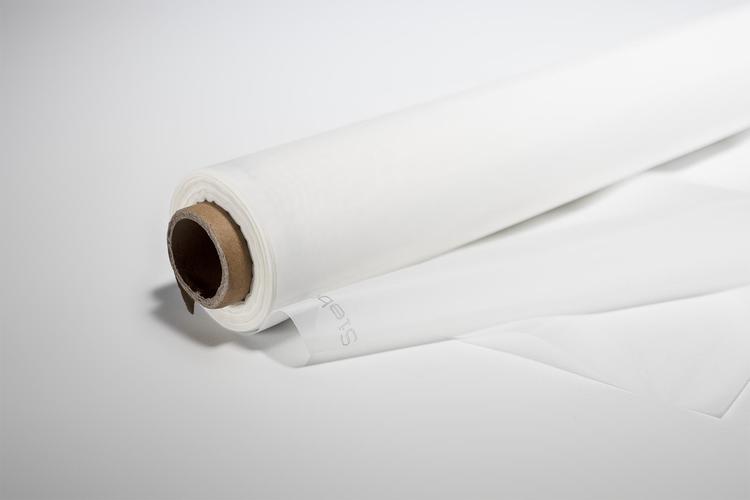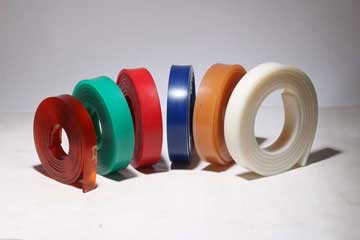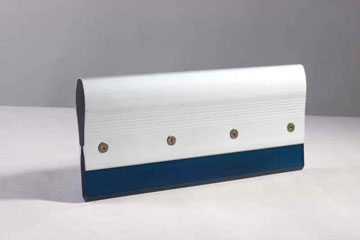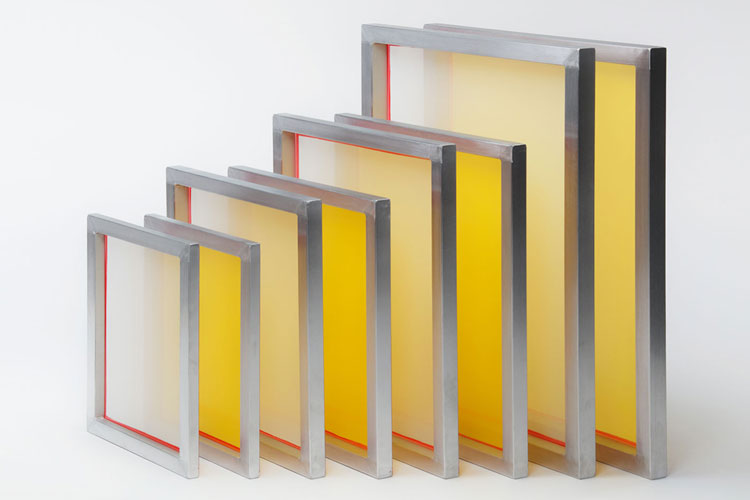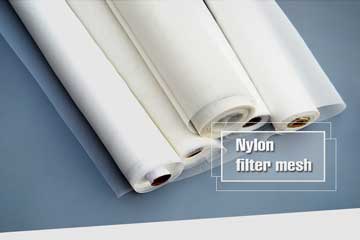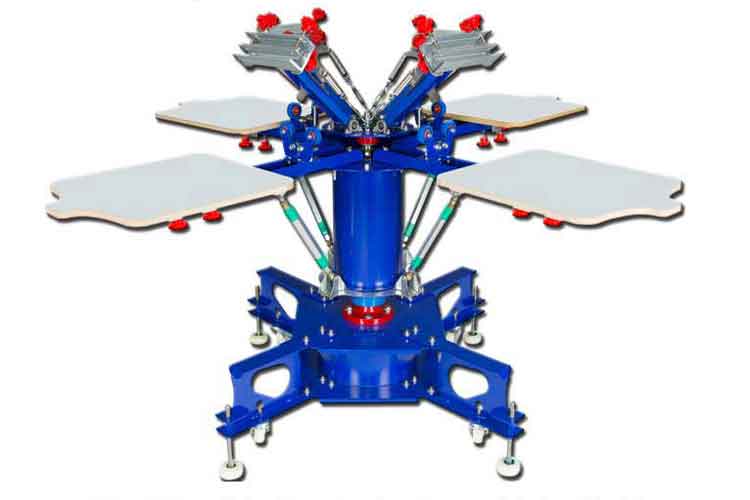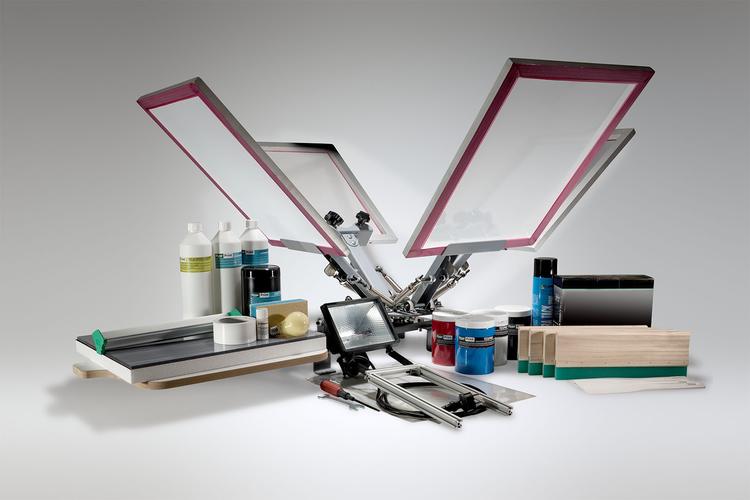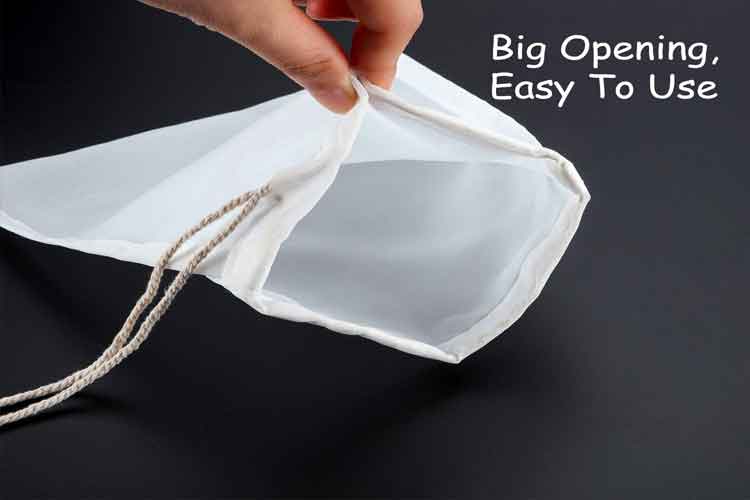HOW TO CHOOSE APPROPRIATE SCREEN PRINTING MESH?
Every day, the screen printed products are typically seen on various items, ranging from cars, CD, keypads to our mobile phones. Thus, it is hard to image the world without screen printing. In the market, there are various types of screen pEvery day, the screen printed products are typically seen on various items, ranging from cars, CD, keypads to our mobile phones. Thus, it is hard to image the world without screen printing. In the market, there are various types of screen printing mesh mainly including polyester mesh, nylon mesh and stainless steel mesh. And here we list a simple comparison of these three meshes:
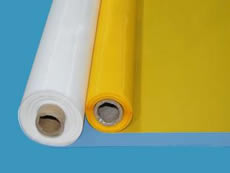
Polyester mesh advantages
- Made of quality polyester fabric.
- Excellent chemical solvent resistance.
- High temperature resistance.
- Water resistance.
- High dimensional stability
- Low stretch-ability.
- Ideal for printing requiring high accuracy, such as circuit printing.
Polyester mesh disadvantages
Less wear resistance compared with nylon mesh.
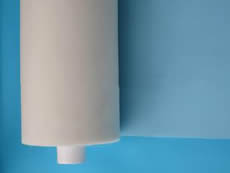
Nylon mesh advantages
- Made of polyamide fabric.
- High strength.
- Superior wear resistance.
- Excellent resistance against water and chemical.
- Superb ink through sexual.
Nylon mesh disadvantages
- Easy to be stretched under high tension.
- Easy to be flabby and lose precision after long time stretching.
- Not suitable for fine printing such as circuit printing.
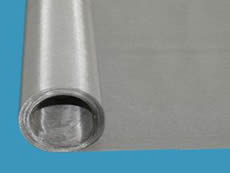
Stainless steel mesh advantages
- High quality stainless steel material.
- Good abrasion resistance.
- High strength.
- Low stretch-ability.
- Suitable for fine printing.
Stainless steel mesh disadvantages
- Low elasticity refers to it will not return to its original shape once over-stretched.
- Higher price than polyester and nylon mesh.
From the above table, it is easy to find that polyester and stainless steel mesh is long lasting and cost-efficient in the long run.
If you want to find an appropriate polyester or stainless steel screen printing mesh for your application, a series of screen mesh parameters including opening size, mesh count, open areas and mesh thickness should be taken into consideration.
Opening size, also aperture size, refers to the distance between adjacent warp and weft threads. Normally, it is recommended to ensure the mesh opening is about three times of the size of ink or paste particles to avoid clogging.
Mesh count here means the number of mesh openings per inch.
Open area refers to a ratio of aperture area to the entire surface area. It always determines the ink quantity that can pass through the screen opening.
Mesh thickness is different according to the thread diameter as well as the weaving process. Generally, it is measured before tensioning.
Theoretical ink deposit describes the approximate value of ink cubes that are forced through the printing mesh. It relates to mesh thickness and open areas.
polyester screen printing mesh
Pre:Polyester screen printing mesh for sale
Next:Used in industrial products on the printing method-screen printing
Tags:
